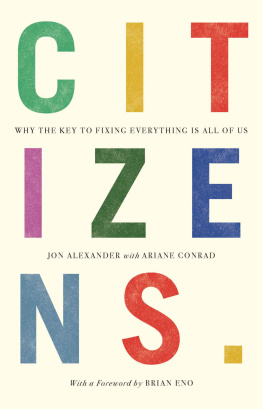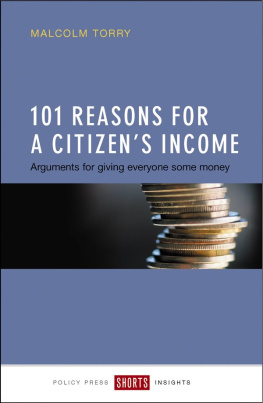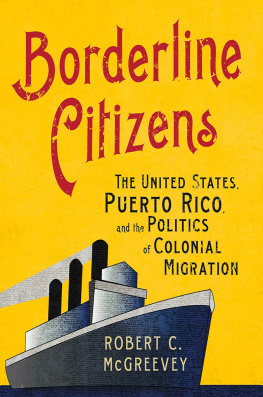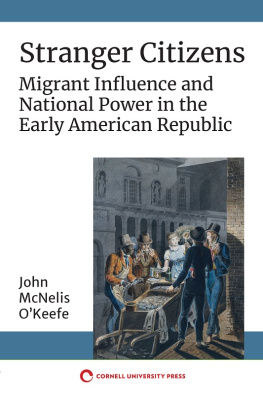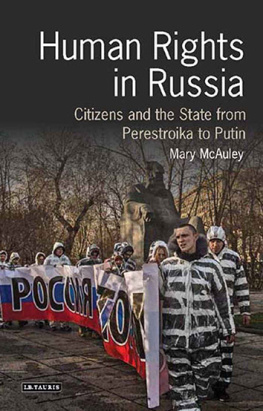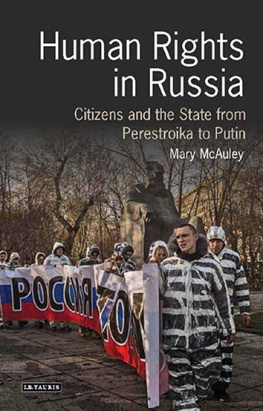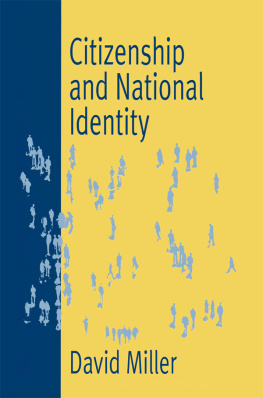I s there any way out of the mess were in?
You certainly wouldnt think so from reading the papers. The richest people in the world are already scrambling onto the lifeboats, be they called New Zealand or SpaceX. And the poorest are dying in increasing numbers as they flee their war-torn, climate-ravaged countries. Meanwhile official politics seems either impotent or positively malign, a well-oiled machine infallibly finding the worst and pushing them to the top of the heap. Most of the graphs seem to be pointing in the wrong directions: going up when they should be going down, or plummeting when they should be rising.
Yet there is hope. Because something is happening. There is a coalescence. A different story is rising and ripening. It is a story of who we are as humans, what we are capable of, and how we might work together to reimagine and rebuild our world.
This story doesnt show up on the media radar because that radar is resolutely pointed in the wrong direction. Its expecting the future to be produced by governments and billionaires and celebrities, so its gaze is riveted on them. But behind their backs, the new story is coming together. It is slower, more diffuse, and more chaotic, because it is a story of widely distributed power, not of traditional power centres. As Jon Alexander and Ariane Conrad name it in this vitally important book, this story is the Citizen Story. When you see the world through the lens of this story, you see that there is a revolution in progress. The people are organising, not only in grassroots movements but also, crucially, inside the very institutions and organisations that are currently failing us. The people are starting to feel their power, and theyre making for the engine rooms.

Stories matter. They can trap us, but they can also inspire us.
The stories we tell shape how we see ourselves, and how we see the world. When we see the world differently, we begin behaving differently, living into the new story. When Martin Luther King said: I have a dream, he was inviting others to dream it with him, inviting them to step into his story. Once a story becomes shared in that way, current reality gets measured against it and then modified towards it. As soon as we sense the possibility of a more desirable world, we begin behaving differently, as though that world is starting to come into existence, as though, in our minds at least, were already there. The new story becomes an invisible force which pulls us forward. By this process it starts to come true. Imagining the future makes it more possible.
Sometimes this work of imagination and storytelling is about the future, as in Dr Kings story. Art can play this role: what is possible in art becomes thinkable in life. We become our new selves first in simulacrum, through style and fashion and art, our deliberate immersions in virtual worlds. Through them we sense what it would like to be another kind of person with other kinds of values. We rehearse new feelings and sensitivities. We imagine other ways of thinking about our world and its future. We use art to model new worlds so that we can see how we might feel about them.
Sometimes, though, the work of imagination is about reappraising now. Thats what this book aims to achieve. It is about shifting the perspective so we see the world we are in now with new eyes.

Climate change is the biggest threat that humans have ever faced, and the systems and institutions that govern our world today are proving themselves unable to respond to it. The two dominant narratives today are China a Subject state with centralised power and deep surveillance and Siliconia a Consumer state with centralised power and deep surveillance. Neither offers a credible path to a sustainable, equitable, beautiful world.
Thats the bad news.
The good news is that the climate emergency has given rise to the largest and most broadly based social movement in human history. That movement has a billion roots, a billion people who set out on their own or in small groups and are now starting to meet up and look around surprised and exhilarated at each other. This huge, global movement is starting to become selfaware, to understand its size and power. Its the critical moment, for social revolutions happen in two phases. The first is when everybody realises the current system isnt working any longer. The second is when everybody realises that everybody else has realised it too. Then the coalescence begins the movement gels. The vast majority of people realise theyre on the same side. The people come together, and theres no stopping them.
This coalescence will take us all somewhere new. The future wont be dominated by either of the two narratives currently under discussion, but by what this book calls The Citizen Story.
The Citizen Story is about the empowerment of us all to co-in-vent and nurture our own futures. The Citizenship of this book is not about the passport we hold, and it goes far beyond the duty to vote in elections. Its a state of engagement, more verb than noun. We look around, identify the domains where we have some influence, and we roll up our sleeves and make things happen.
People are losing faith in the old neoliberal story that everything would work out for the best if we just let the market do its work and didnt interfere. Weve seen where that has got us. People who care about the world their grandchildren will inhabit are watching wealth concentrate into fewer and fewer hands and those hands arent building a viable future. Marginalised people women, gender non-binary, people of colour, the colonised, the disabled, the poor - are all demanding inclusion and consideration and respect in our global civilisation. All these people are asking to be Citizens. These people dont want the Consumer Story any more. They want the Citizen Story.
What were realising together is that all the ever-louder cries for freedom and justice are entangled. Theyre all part of the same revolution. Gender rights, indigenous rights, ethnic rights, animal rights theyre all part of the same fundamental rethink about relationships to each other and to the planet. All life on Earth is an ecosystem, and it could be an ecosystem of generosity, a virtuous circle. If we improve things at any point we improve them at all points. That is what this movement and this moment are really about. To save the planet we have to do so many things; but if we do, we will end up in a much better place than we are now.
In naming the Citizen Story, and its Subject and Consumer counterparts, Alexander and Conrad have made a vital contribution. They have made a new present and a new future real, making it possible to see a bigger idea of what is and what could be. They have also made it possible to discern and distinguish the Citizen path from those of the Subject and the Consumer, enabling us to leave those behind once and for all. Equipped with the ideas in this book, what I now see is not just a climate emergency: its a civilisational opportunity.
Brian Eno
November 2021
CONTENTS
T his book reveals what is quite possibly the only thing that can save us now: the Citizen inside every one of us. Which is to say: there is still hope. The future is up for grabs.
In order to survive and thrive, we must step into the Citizen Story. We must see ourselves as Citizens people who actively shape the world around us, who cultivate meaningful connections to their community and institutions, who can imagine a different and better life, who care and take responsibility, and who create opportunities for others to do the same. Crucially, our institutions must also see people as Citizens, and treat us as such. When they do, everything changes. If we can step into the Citizen Story, if we can transform our institutions, we will be able to face our myriad challenges: economic insecurity, ecological emergency, public health threats, political polarisation, and more. We will be able to build a future. We will be able to

